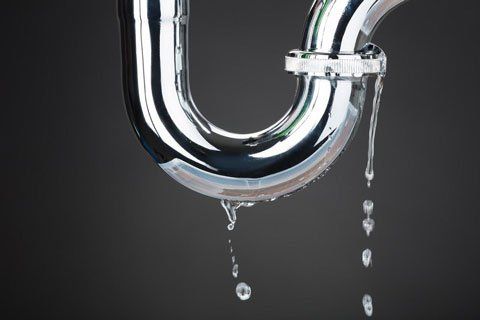Revealing Concealed Water Line Leaks: Six Effective Detection Hacks
Revealing Concealed Water Line Leaks: Six Effective Detection Hacks
Blog Article
This post in the next paragraphs involving Hacks to detect leaks is indeed stimulating. Try it and make your own personal ideas.

Early discovery of dripping water lines can minimize a prospective disaster. Aside from saving you money, it will certainly minimize the irritation and aggravation. The moment you discover a leak, calling your plumber for fixings is the very best solution. Some small water leakages may not be visible. Below are some hacks that help if you can not detect it with your nude eyes.
1. Analyze the Water Meter
Every residence has a water meter. Examining it is a surefire manner in which aids you discover leakages. For beginners, shut off all the water resources. Guarantee nobody will purge, use the tap, shower, run the washing maker or dishwashing machine. From there, go to the meter as well as watch if it will change. Since no one is utilizing it, there must be no motions. That indicates a fast-moving leakage if it relocates. Furthermore, if you find no changes, wait an hour or two and inspect back once again. This implies you might have a sluggish leakage that might even be underground.
2. Check Water Usage
Assess your water bills as well as track your water usage. As the one paying it, you need to see if there are any disparities. If you identify sudden changes, regardless of your usage coinciding, it implies that you have leaks in your plumbing system. Remember, your water costs should drop under the very same variety monthly. An abrupt spike in your costs suggests a fast-moving leakage.
A consistent rise every month, also with the same habits, shows you have a slow-moving leak that's also gradually intensifying. Call a plumber to thoroughly inspect your residential property, particularly if you feel a warm location on your flooring with piping below.
3. Do a Food Coloring Examination
When it comes to water consumption, 30% comes from commodes. If the color in some way infiltrates your bowl during that time without flushing, there's a leakage between the container as well as bowl.
4. Asses Outside Lines
Do not fail to remember to check your outside water lines too. Needs to water seep out of the link, you have a loosened rubber gasket. One little leakage can squander loads of water and surge your water bill.
5. Inspect as well as Examine the Situation
Home owners should make it a behavior to inspect under the sink counters and also also inside closets for any bad odor or mold growth. These 2 red flags suggest a leak so timely focus is required. Doing routine evaluations, also bi-annually, can conserve you from a major problem.
Inspect for discolorations as well as compromising as many pipes as well as home appliances have a life expectations. If you believe dripping water lines in your plumbing system, do not wait for it to rise.
Early discovery of dripping water lines can minimize a potential calamity. Some little water leakages may not be visible. Inspecting it is a guaranteed means that assists you discover leakages. One little leakage can squander loads of water and surge your water bill.
If you think dripping water lines in your plumbing system, do not wait for it to intensify.
WARNING SIGNS OF WATER LEAKAGE BEHIND THE WALL
PERSISTENT MUSTY ODORS
As water slowly drips from a leaky pipe inside the wall, flooring and sheetrock stay damp and develop an odor similar to wet cardboard. It generates a musty smell that can help you find hidden leaks.
MOLD IN UNUSUAL AREAS
Mold usually grows in wet areas like kitchens, baths and laundry rooms. If you spot the stuff on walls or baseboards in other rooms of the house, it’s a good indicator of undetected water leaks.
STAINS THAT GROW
When mold thrives around a leaky pipe, it sometimes takes hold on the inside surface of the affected wall. A growing stain on otherwise clean sheetrock is often your sign of a hidden plumbing problem.
PEELING OR BUBBLING WALLPAPER / PAINT
This clue is easy to miss in rooms that don’t get much use. When you see wallpaper separating along seams or paint bubbling or flaking off the wall, blame sheetrock that stays wet because of an undetected leak.
BUCKLED CEILINGS AND STAINED FLOORS
If ceilings or floors in bathrooms, kitchens or laundry areas develop structural problems, don’t rule out constant damp inside the walls. Wet sheetrock can affect adjacent framing, flooring and ceilings.
https://www.servicemasterbyzaba.com/blog/how-to-detect-water-leakage-in-walls/

I ran across that article on Hacks to detect leaks when looking around the web. Make sure you take the opportunity to distribute this blog entry if you enjoyed it. We truly appreciate reading our article about Locating water leaks.
Prices & Booking Report this page